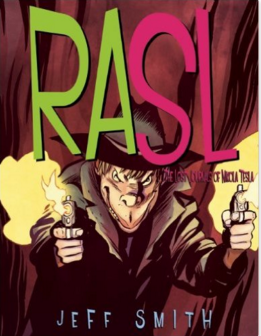 I never wanted to read Les Misérables after seeing an old movie that started out with Jean Valjean bashing in the head of a kindly priest who had taken him in, all during an attempt to steal the church silver. That made me turn it off. However, just for grins, I decided to give the Manga Classics version a try.
I never wanted to read Les Misérables after seeing an old movie that started out with Jean Valjean bashing in the head of a kindly priest who had taken him in, all during an attempt to steal the church silver. That made me turn it off. However, just for grins, I decided to give the Manga Classics version a try.
This, of course, is the story of the redemption of the escaped prisoner Jean Valjean and his pursuit by the policeman Javert, set against the background of the Paris Uprising.
Obviously, I can’t tell how faithful it is to the original even though I have also seen the musical, but there are a lot of characters, so I’m guessing they made a good attempt. The art is not as beautiful as I’ve found in a few graphic novels (although it’s classic Manga style), but the characters are well drawn and easy to tell apart, and the story is easy to follow. I haven’t read any other Manga, so I can only compare it to other types of graphic novels, and it is definitely more dependent upon text than some that I have read (but not all).
As to the quality of the edition, there were some pages in which the tops of the letters were chopped off, although you could still read them.
Did I enjoy it? It was okay. The story seems full of schmaltz, but it was interesting enough for me to consider putting the original on my next Classics Club list.









